My Guide to a Crabgrass-Free Lawn (Without Losing Your Mind)
When I was first getting my start in lawn care, I took on a job that I’ll never forget. The client had a half-acre of what they called ‘turf,’ but honestly, it was a full-blown crabgrass farm with just a few sad blades of good grass sprinkled in. I was young, full of confidence, and figured a couple of bags of weed-and-feed from the big box store would knock it right out.
In this article
A month later, the lawn was a disaster. The crabgrass was stronger than ever, and the actual grass was turning yellow. The client was… let’s just say, not thrilled. That humbling experience taught me the single most important lesson about lawn care: You don’t beat crabgrass by just trying to kill it. You win by building a lawn so thick and healthy that crabgrass can’t find an inch of space to sprout. It’s all about prevention, not just reaction. That’s the secret sauce, and it’s exactly what I’m going to share with you.
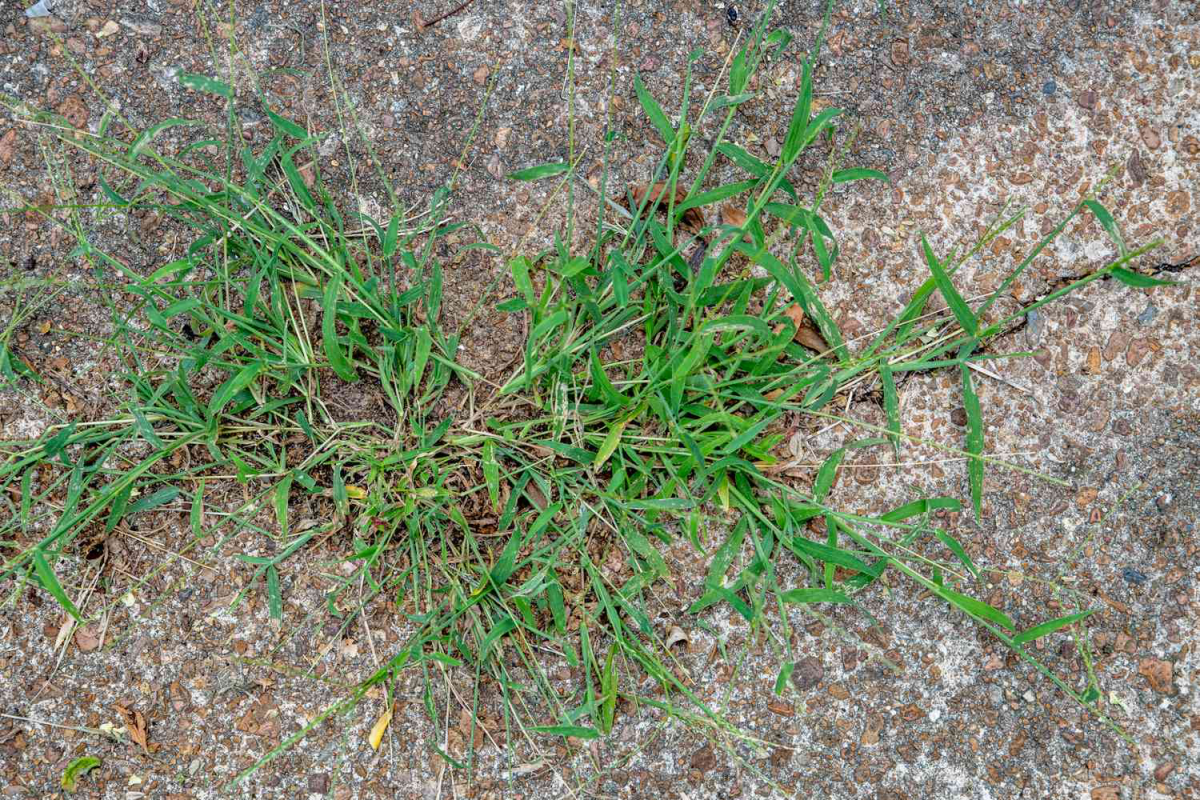
First, Know Your Enemy
Before you can win the war, you need to understand the invader. Crabgrass isn’t just some generic weed; it’s a summer annual grass. The two most common types you’ll see are large crabgrass (wider, hairy blades) and smooth crabgrass (lower-growing with finer blades). But honestly, the type doesn’t matter as much as its lifecycle.
This is the part you really need to get. A single crabgrass plant can drop over 150,000 seeds before it dies off in the fall. Those seeds just hang out in your soil all winter, waiting for one thing: warmth. The moment your soil temperature stays at 55°F (about 13°C) for a few days in a row, they start to germinate. This isn’t just trivia; it’s your battle plan. That’s why relying on the calendar can fool you. The real signal is the soil temp. A cheap soil thermometer is a great tool, but a meat thermometer works in a pinch! The old-timers’ trick of waiting for the forsythia bushes to bloom is surprisingly accurate, too.
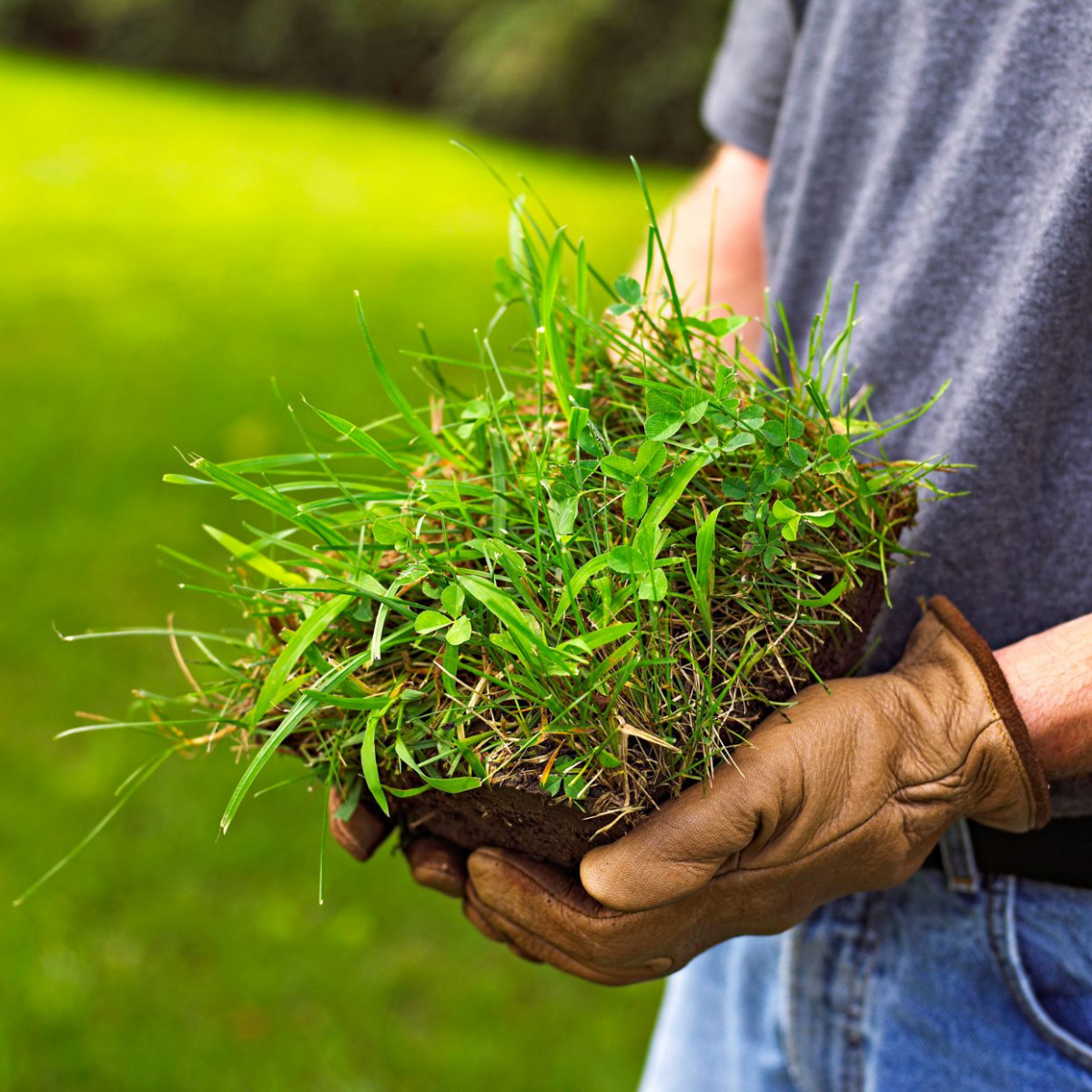
The Best Defense is a Great Offense: Build a Better Lawn
The foundation of professional-level crabgrass control has nothing to do with chemicals. It’s all about creating an environment where good grass thrives and weeds can’t. A thick, lush lawn is the ultimate weed barrier because it blocks the two things crabgrass needs: sunlight and space.
Stop Mowing So Short!
I see this all the time. People want that super-tight, golf-course look, so they scalp their lawn. Bad idea. Unless you have a special type of turf, cutting a regular lawn that short is like rolling out the red carpet for crabgrass. You’re letting the sun bake the soil and wake up all those dormant seeds.
For most cool-season lawns (like fescue, Kentucky bluegrass, and ryegrass), you should be mowing at 3 to 4 inches high. For warm-season lawns (like Bermuda or zoysia), 2 to 3 inches is usually the sweet spot. This extra height shades the soil, keeping it cool and dark.
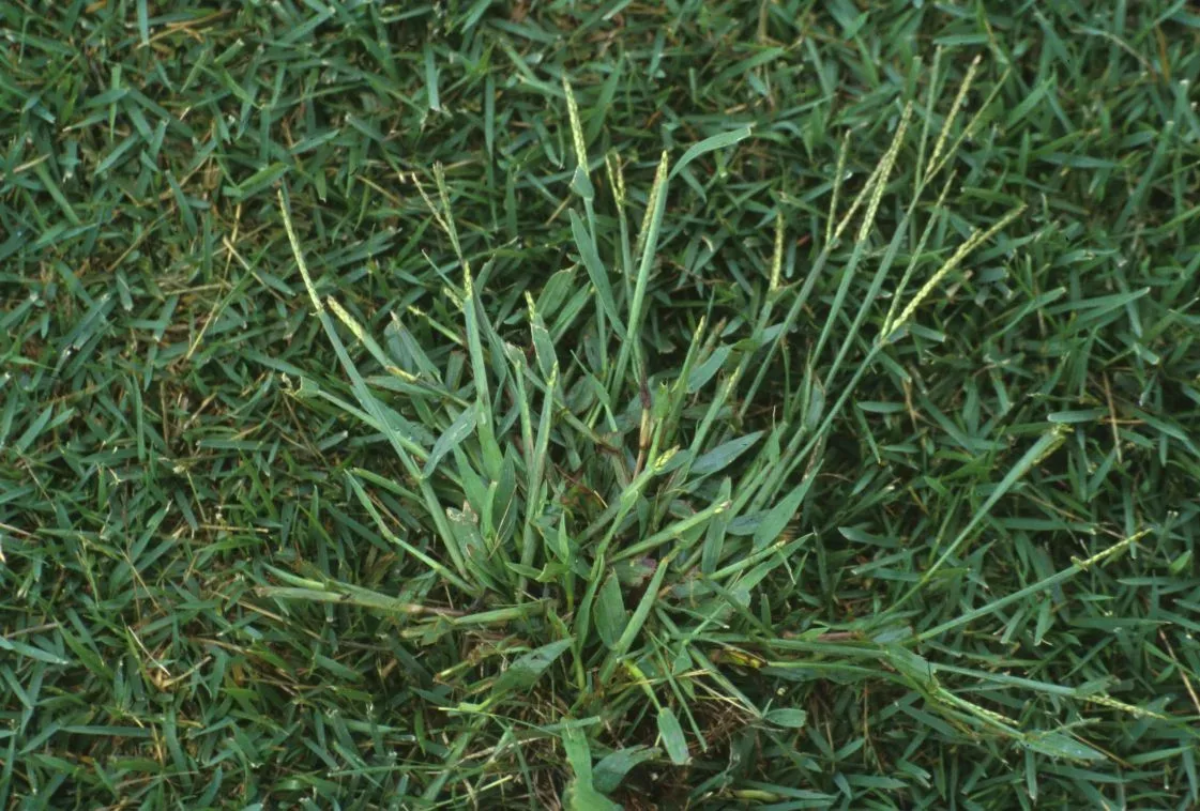
Quickest Win You Can Get: Seriously, go out to your mower right now and raise the blade height one notch. It’s the single easiest and most impactful thing you can do for long-term weed prevention. Oh, and make sure your blade is sharp. A dull blade tears grass, stressing it out and making it weaker.
Water Smarter, Not Harder
Watering for 10 minutes every day is one of the worst things you can do. It creates a constantly damp soil surface (perfect for crabgrass germination) and encourages your good grass to grow shallow, wimpy roots. Instead, water deeply but infrequently. You want to give your lawn about one inch of water per week, including whatever rain you get.
But how do you know what an inch is? Here’s a little trick I tell all my clients, and it’s called the Tuna Can Test. Grab a few empty, clean tuna cans (they’re about an inch deep) and scatter them around the area your sprinkler covers. Turn on the water and time how long it takes to fill the cans. For my setup, it might be 45 minutes. For yours, it could be 30 or 60. Now you know your number. Water for that amount of time once or twice a week, and you’ll train your grass to grow deep, resilient roots.
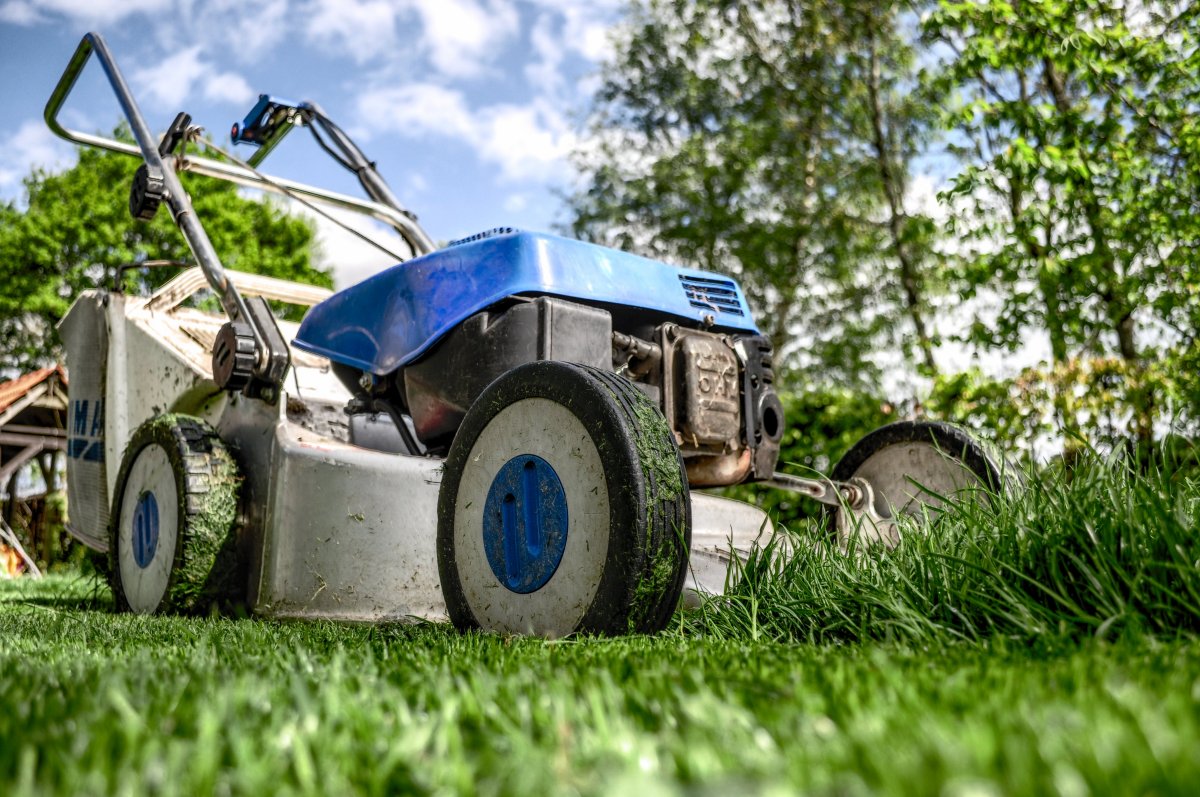
Feed Your Lawn, Not the Weeds
A well-fed lawn is a thick lawn, but timing is everything. For cool-season grasses, the most important meals are in the fall. This helps the turf recover from summer heat and build a strong root system for the following year. For warm-season grasses, you’ll want to fertilize during their peak growth in late spring and summer. Before you buy anything, though, consider getting a soil test. You can grab a kit from a university extension office or a good garden center for about $20-$30. It takes the guesswork out and tells you exactly what your soil is missing.
The Pro’s Secret Weapon: Pre-Emergent
Even with a perfect lawn care routine, you’ll probably need some help for the first few years of a major lawn turnaround. This is where a pre-emergent herbicide comes in. Think of it as a bouncer for your soil. It creates a thin, invisible barrier at the surface. When a crabgrass seed tries to sprout, its new little root hits the barrier, stops growing, and the weed dies before you ever see it.

Choosing and Using It Right
For most homeowners, granular products applied with a spreader are the way to go. The key is knowing which active ingredient to look for and when to use it.
- If you’re on time (or early): Look for products with prodiamine. This creates a longer-lasting protective barrier in the soil. It’s fantastic if you get it down before that 55°F soil temp hits, but it won’t do anything for crabgrass that has already sprouted, even if it’s microscopic.
- If you’re running a bit late: Your best bet is an active ingredient called dithiopyr. It doesn’t last quite as long as prodiamine, but it has a cool ‘reach-back’ effect that can kill tiny crabgrass plants that have just germinated. It gives you a little more flexibility on timing.
After you spread the granules, you MUST water them in with about a half-inch of water (hey, you know how to measure that now!). This washes the product off the granules and into the soil where it can do its job.
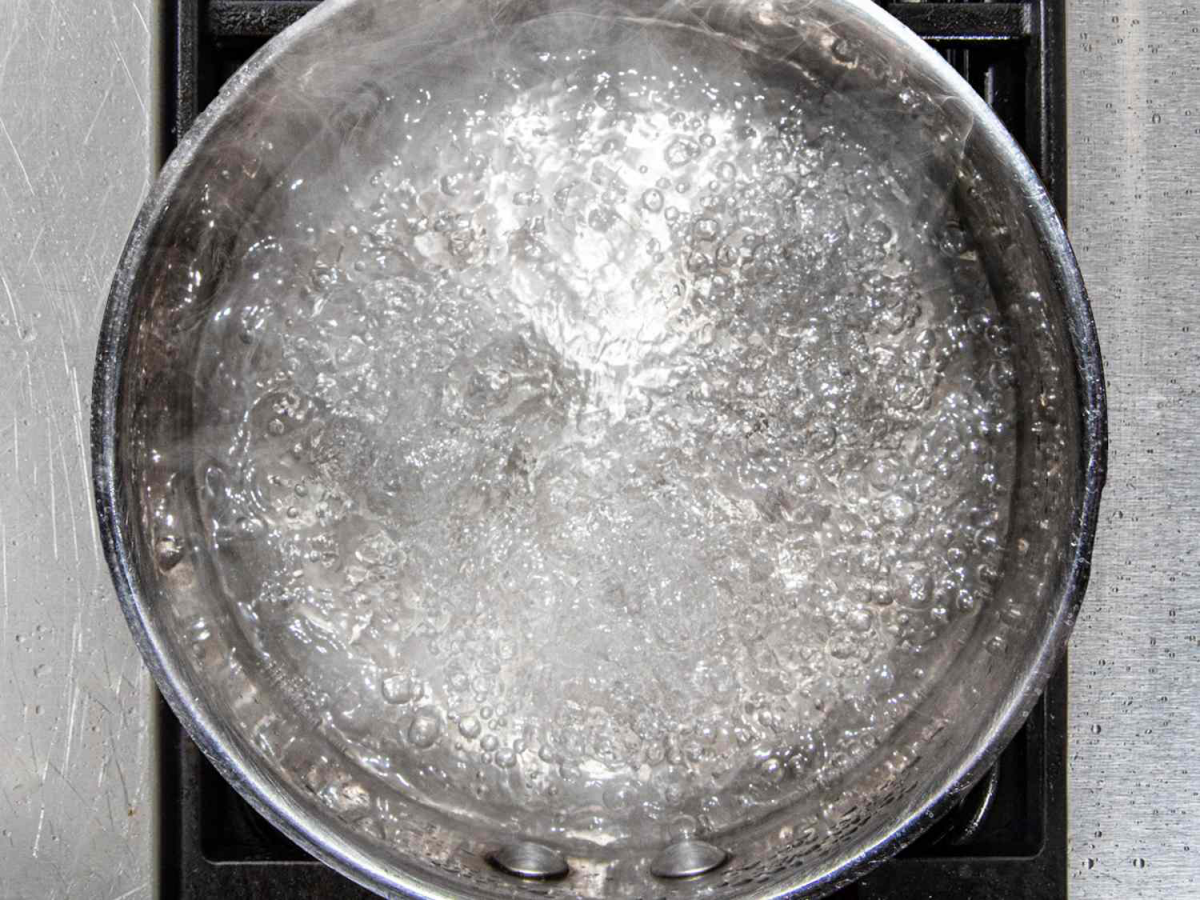
Heads up! A critical seeding conflict: Pre-emergents don’t play favorites. They’ll stop a grass seed from growing just as effectively as a crabgrass seed. If you put down a pre-emergent in the spring, you absolutely cannot plant new grass seed for at least 2 to 4 months. That’s why the pro strategy for cool-season lawns is to do all your major repairs and seeding in the fall when crabgrass isn’t a problem.
When Some Crabgrass Gets Through Anyway
No plan is perfect. Sometimes a few pesky plants will pop up. This is where you use a post-emergent herbicide, which kills weeds that are already growing. The absolute key here is to act fast. It’s way easier to kill a young crabgrass plant than a mature, sprawling monster.
For just a few weeds, hand-pulling after a good rain works great. For bigger patches, you’ll need a selective liquid herbicide. Look for one with quinclorac, which is tough on crabgrass but generally safe for most lawns. But you HAVE to read the label. Trust me, I learned this the hard way when a new guy on my crew sprayed a lawn on a 90-degree day, against the label’s warning. We spent a month nursing that stressed-out turf back to health. Now, we only apply these products in the cooler morning hours.
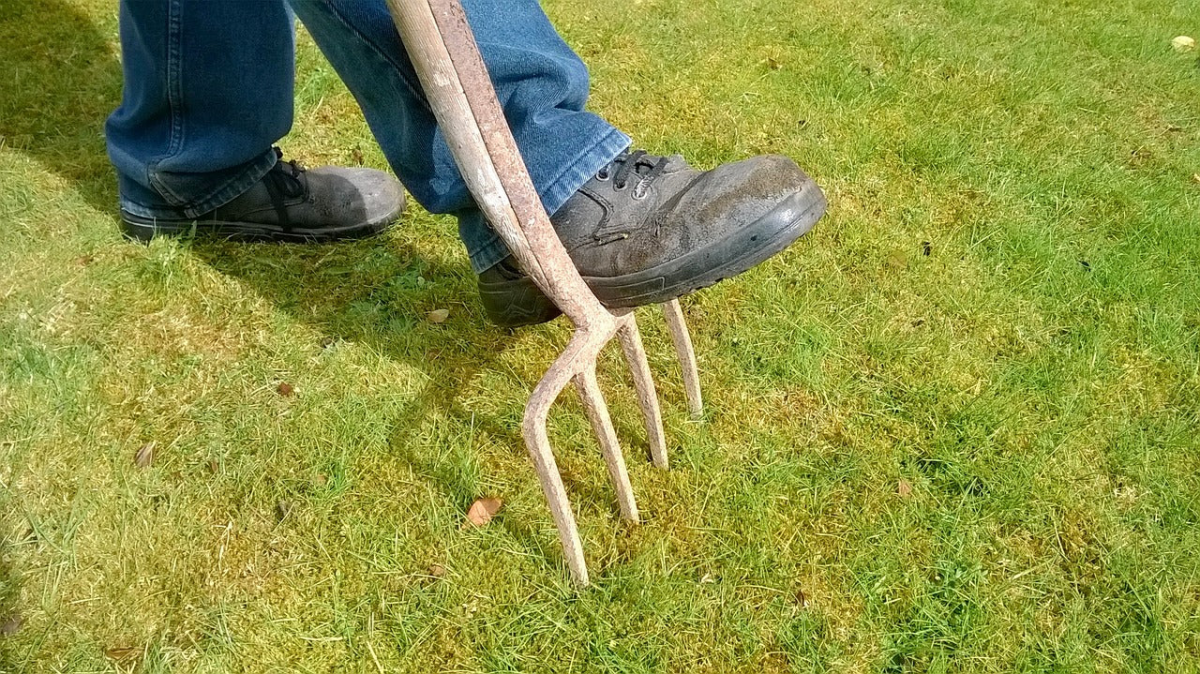
Quick tip: When you spray, consider adding a surfactant. It’s basically a sticker that helps the chemical cling to the waxy crabgrass leaves instead of beading up and rolling off. You can get a bottle for about $10-$15 at a garden supply store, and it makes your spray way more effective.
Your First Crabgrass-Fighting Kit
Feeling overwhelmed? Don’t be. Here’s a simple shopping list to get you started on the DIY path. Your initial investment will be around $100 to $150.
- Soil Thermometer: About $15, but a meat thermometer you already own is free!
- Broadcast Spreader: A decent one will run you about $60. It’s a worthwhile investment for applying fertilizer and seed evenly, too.
- Granular Pre-Emergent: Expect to pay $30 to $50 for a quality bag that covers about 5,000 sq. ft.
- Selective Post-Emergent Spray: A ready-to-use or concentrate bottle with quinclorac will be about $25 and should last a long time for spot treatments.
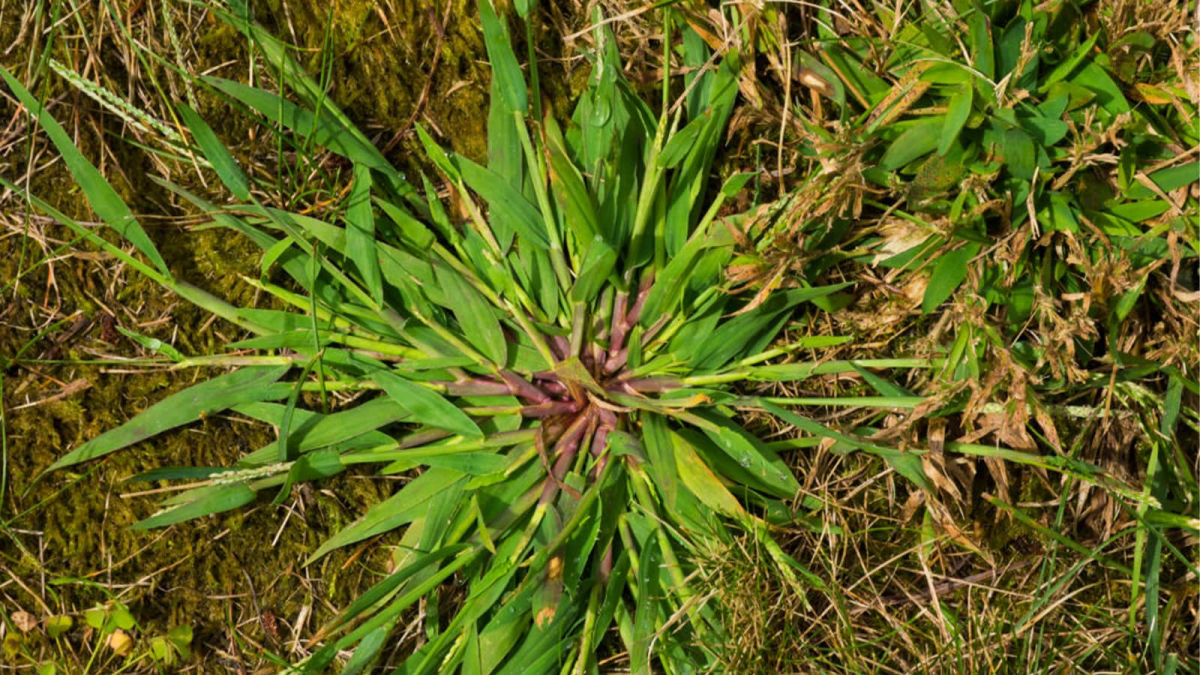
Oops, I Messed Up… Now What?
It happens! Here are a couple of common screw-ups and how to fix them.
“I put my pre-emergent down too late!”
Don’t panic. If you used a product with dithiopyr, you might still be okay. If not, your barrier won’t be as effective. Your plan now shifts to post-emergent control. Be vigilant for the next month. As soon as you see tiny crabgrass pop up, spot-spray it. The goal is to kill it before it gets big enough to spread seeds.
“I used weed-and-feed on a hot day and my grass is yellow!”
You’ve stressed the lawn. The best thing you can do is give it a deep, thorough watering to help flush the excess chemical through the soil and rehydrate the grass. Don’t fertilize or apply any more chemicals for at least a month. Just mow high and water deeply, and it will likely recover.
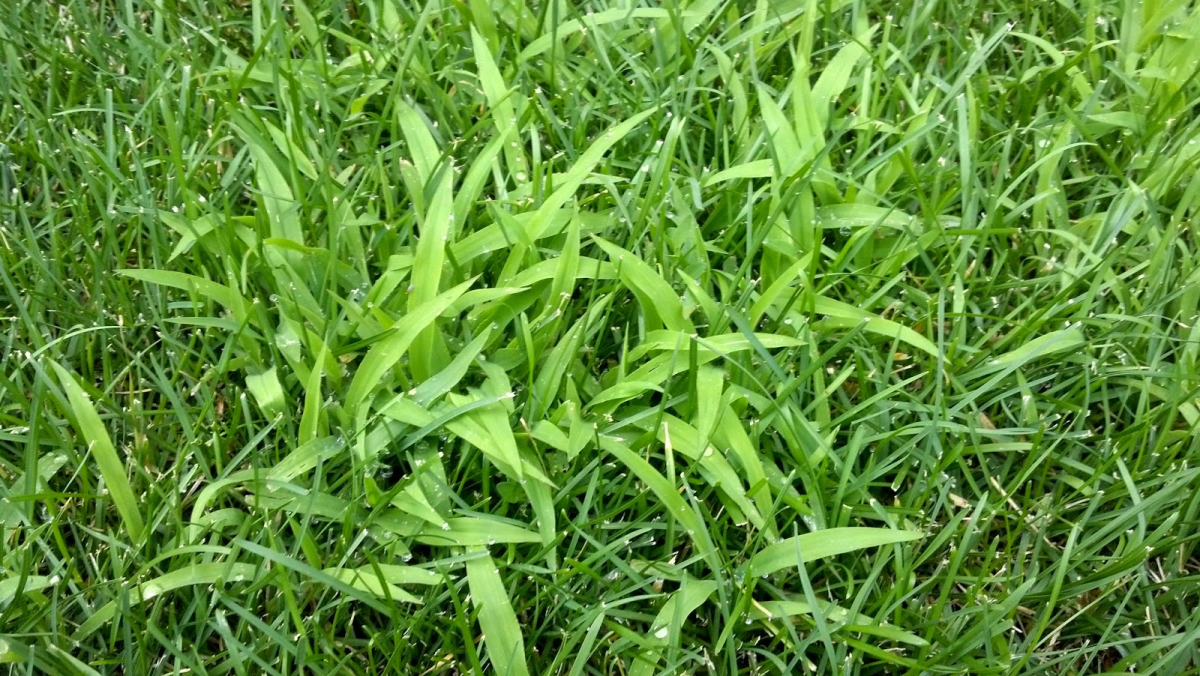
When to Call in a Pro
Let’s be honest, this is a lot of work. If your lawn is more than 50% weeds, or if you simply don’t have the time or equipment, calling a reputable lawn care company is a smart move. A good pro will do more than just spray. They’ll give you a comprehensive plan tailored to your lawn.
From a budget perspective, the DIY approach might cost you $100-$150 in materials for the first year. A full-service professional plan for a typical suburban lawn could range from $400 to over $600 for the season. You’re paying for their expertise, calibrated equipment, and professional-grade products—and, of course, for getting your weekends back.
Ultimately, winning the battle against crabgrass is about a change in mindset. Stop thinking about killing weeds and start thinking about growing grass. Once you focus on creating a thick, healthy, and resilient lawn, you’ll find that a crabgrass-free yard is the natural, beautiful result.

Galerie d’inspiration
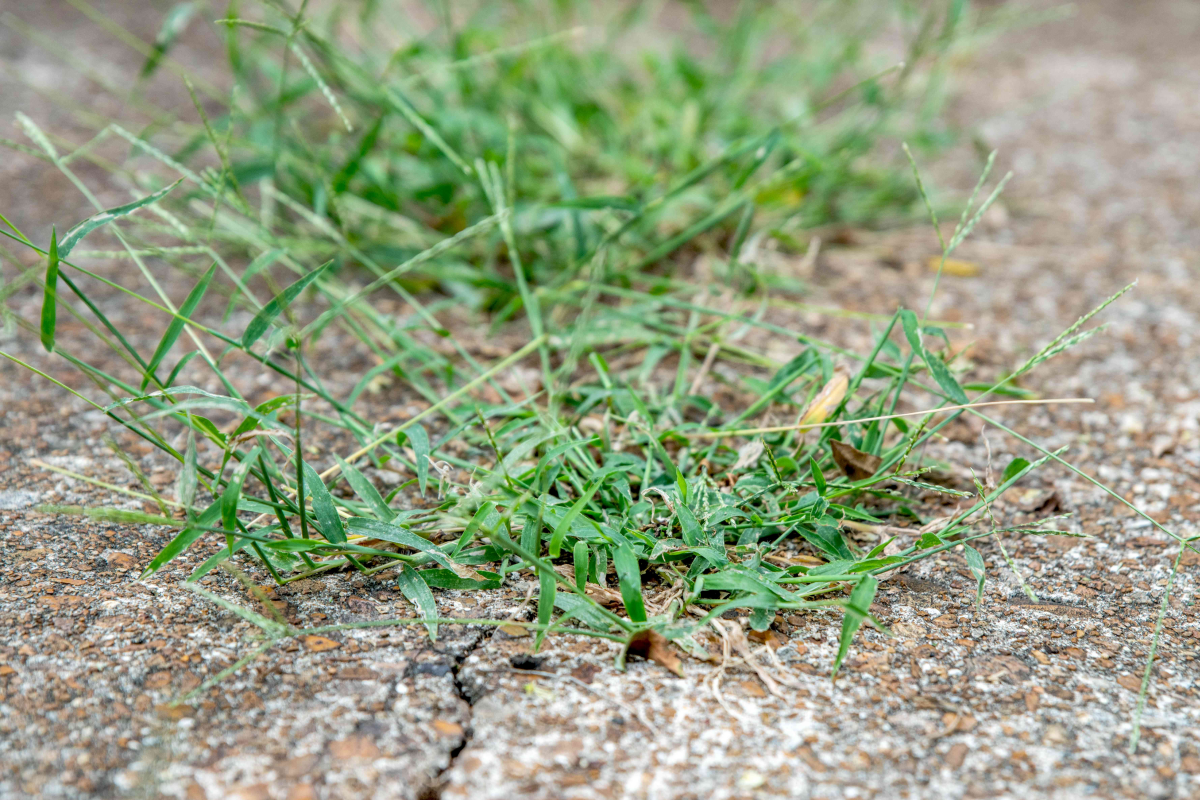
When the forsythia blooms, what’s the best tool for the job?
Once you’ve nailed the timing for your pre-emergent application, the next choice is how to apply it. For most homeowners, granular products, like those from Scotts or The Andersons, are the most straightforward. Applied with a broadcast spreader, they offer great visual feedback on your coverage. The only catch? You must water them in within 24-48 hours to create the chemical barrier in the soil that stops crabgrass seeds from sprouting. On the other hand, liquid pre-emergents (like Dimension 2EW) offer faster, more uniform coverage and are a favorite of pros. They require careful mixing and a calibrated sprayer, making them a bit more advanced but incredibly effective for larger or irregularly shaped lawns.










